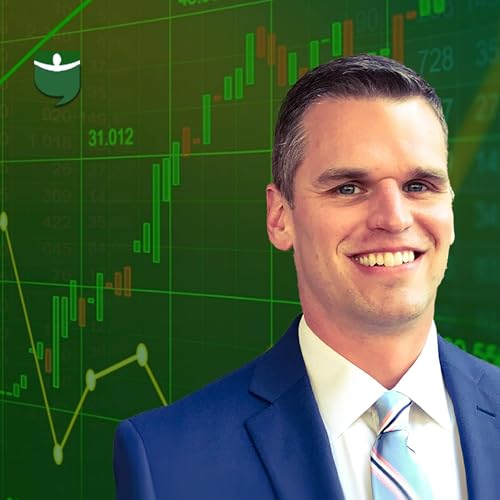Chris Lopez and Paul Shannon sit down with investor and educator Julie Holly for a candid conversation about wins, losses, and leadership as an LP and GP. Julie traces her path from house hacking to syndications, shares the “receive & release” mindset she uses to process setbacks, and explains what changed in her underwriting and operator vetting after a tough year, including one deal where mismanagement led to a total loss. They cover how LPs should share accountability, the exact questions to ask sponsors (who underwrites, how they stress-test, and how they communicate), and why Julie paused new offerings to focus on stewardship and transparency. Key Takeaways Start as an LP to learn the experience end-to-end; early distributions can feel great, but plans must survive rate, insurance, and market shifts “Receive & release”: make space to process losses, own your part, then offload what isn’t yours so you can lead and decide clearly Trust and verify: dig into vacancy, taxes, insurance, payroll, and who actually underwrites (in-house vs. outsourced/AI); stress-test more than one way Accountability is shared: GPs must report clearly and often; LPs must understand their risk profile, read docs, and avoid “write first, learn later” FOMO Choose relationships, not just returns: invest with people who answer candidly, welcome hard questions, and are reachable when things get bumpy Disclaimer The content of this podcast is for informational purposes only. All host and participant opinions are their own. Investment in any asset, real estate included, involves risk, so use your best judgment and consult with qualified advisors before investing. You should only risk capital you can afford to lose. Past performance is not indicative of future results. This podcast may contain paid advertisements or other promotional materials for real estate investment advisers, investment funds, and investment opportunities, which should not be interpreted as a recommendation, endorsement, or testimonial by PassivePockets, LLC or any of its affiliates. Viewers must conduct their own due diligence and consider their own financial situations before engaging with any advertised offerings, products, or services. PassivePockets, LLC disclaims all liability for direct, indirect, consequential, or other damages arising out of reliance on information and advertisements presented in this podcast.
Show More
Show Less
 41 mins
41 mins 33 mins
33 mins 50 mins
50 mins 36 mins
36 mins 1 hr and 1 min
1 hr and 1 min 38 mins
38 mins 54 mins
54 mins 39 mins
39 mins
